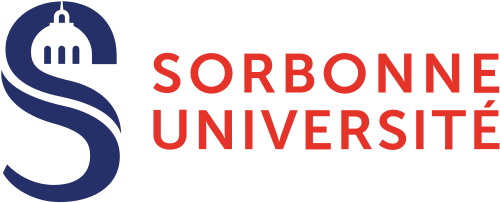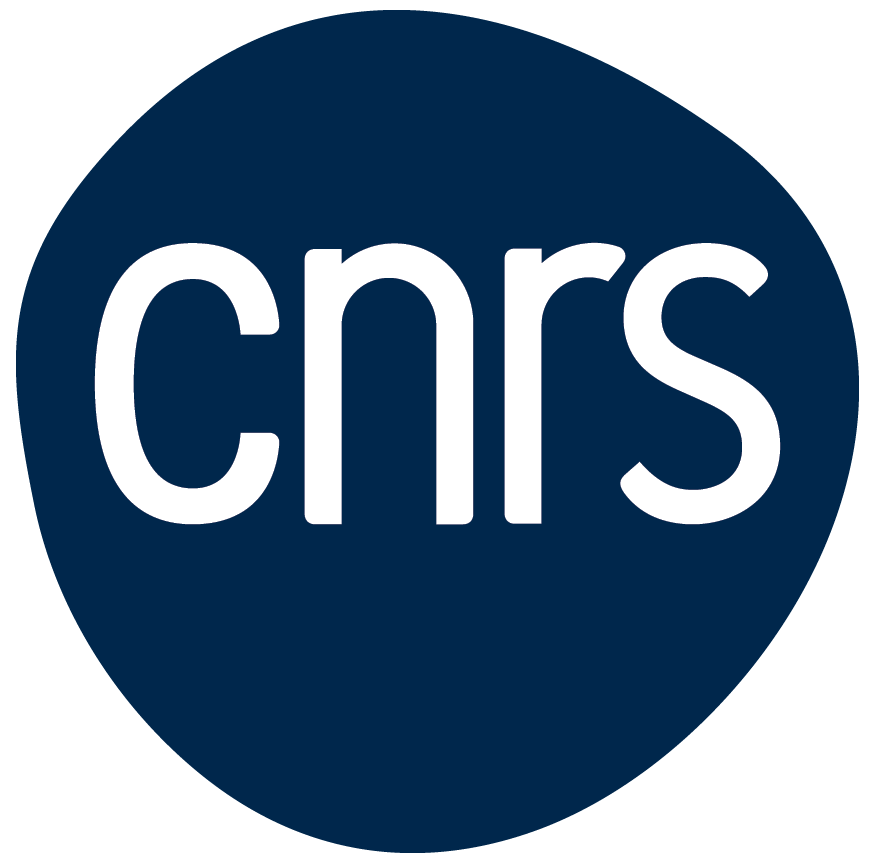On 8 and 9 July 2024, several members of ISIR took part in the third TOM France Hackathon. As members of 16 project teams, they used their skills in robotics and artificial intelligence to meet the challenges identified by the disabled project leaders. To do this, the teams had to design technological solutions that met their specific everyday needs.
Chaï, aged 13, wants to enjoy restaurant meals with his family and friends. However, because of his disability, he finds it very difficult to keep food on his plate, which makes it very difficult for him to feel comfortable in restaurants.
The team’s challenge was to design and adapt a prosthesis adapted to his hand deformity, which would enable him to eat in public without fear and enjoy these precious moments of joy to the full.
The team proposed an aesthetic hand adapted to Chaï’s hand, with the aim of offering him greater comfort and confidence. This prosthesis incorporates a magnetic tool holder, enabling him to hold standard metal cutlery and use both hands, as well as using accessories such as a hook to help tie his shoelaces. To achieve this, the team took an existing hand model and adapted it to the size of Chaï’s hand, incorporating the magnetic attachment system to enable cutlery and accessories to be used. Once the 3D-printed model had been produced, a washable textile inner protection and fastening system was added to ensure maximum comfort.
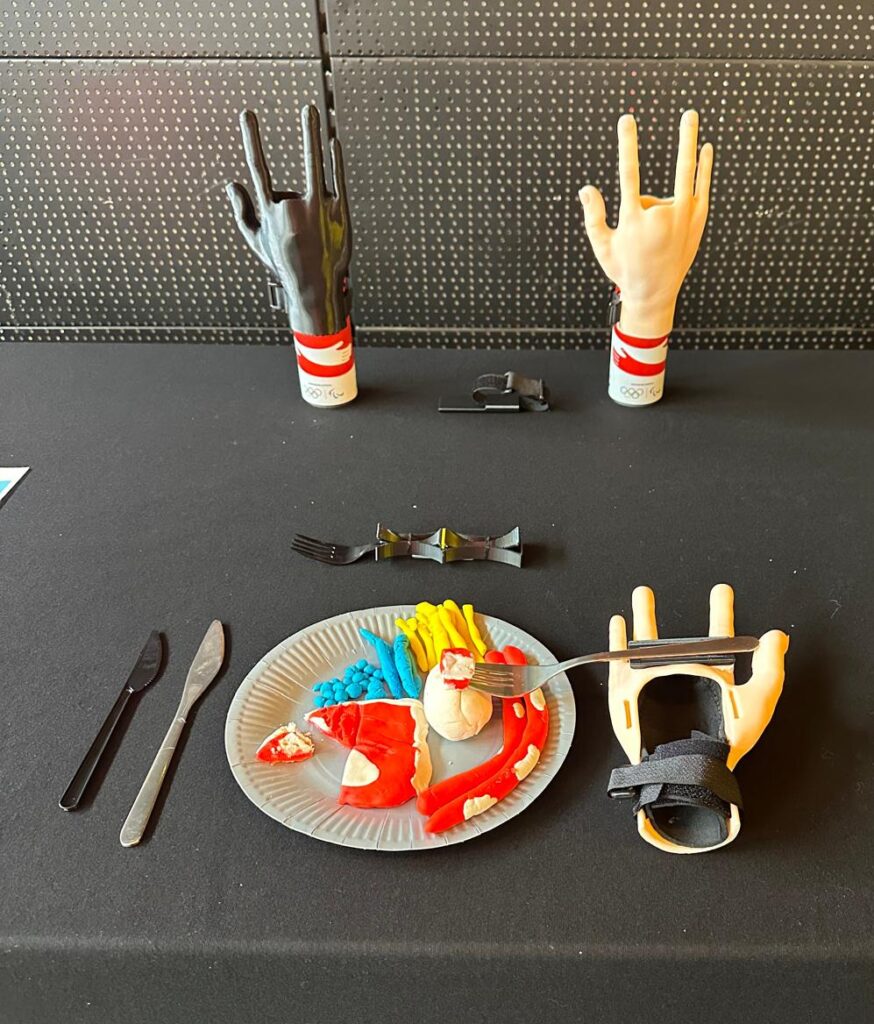
Hand prosthesis incorporating a magnetic tool holder.

Example of a hook-type accessory.
Etienne, like many wheelchair users, faces a daily challenge when he has to get out of his wheelchair to get into bed, for example.
The team’s challenge was to design an ergonomic and practical solution that would make it easier for people to transfer from their wheelchair to a bed or sofa, thereby improving their comfort and independence.
To meet the twofold challenge of transferring from the wheelchair to the bed and vice versa, the team had to take two constraints into account: passing over the wheels and ensuring that the starting point of the transfer was always higher than the arrival point. For the transfer from the wheelchair to the bed, the team designed a system of plates placed on the seat of the wheelchair, under the cushion, operated by a lever mechanism at the back of the wheelchair. Pressing this lever raises the plate high enough so that the cushion is level with the wheels, which are no longer an obstacle to the transfer. To transfer from the bed to the wheelchair, the team proposed using a commercially available system of electric jacks combined with slides. This system enables standard beds or sofas to be raised on demand. It offers a less expensive solution than a medical bed, and is more aesthetically pleasing because it can be adapted to any standard furniture.
Watch the video presentation of the system developed by the team: https://youtu.be/YbwRYdWsCLY
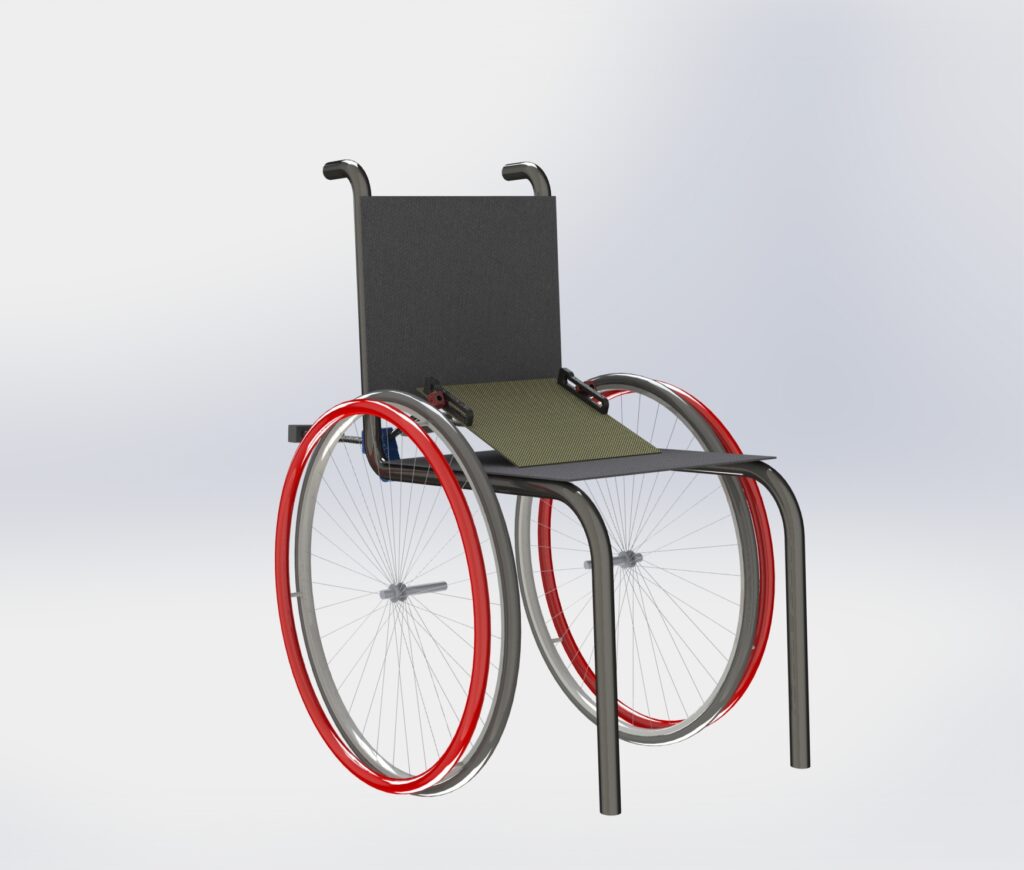
Plate system placed on the seat of the wheelchair and operated by a lever mechanism at the back of the wheelchair.
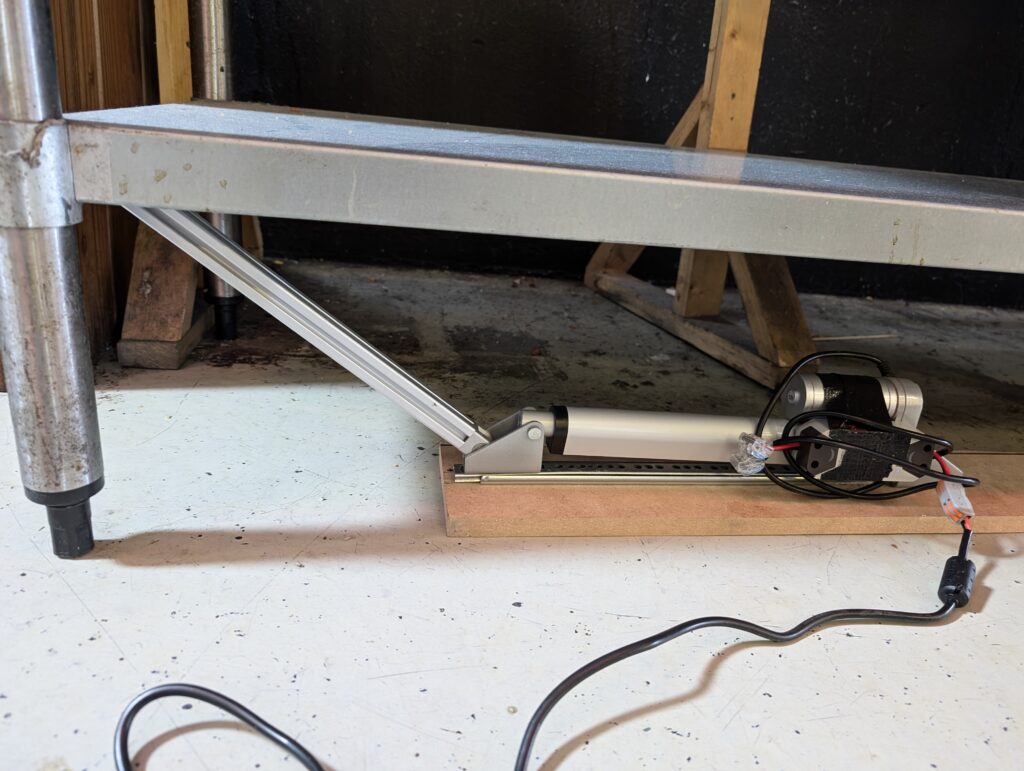
System consisting of electric cylinders combined with slides.
Philippe is a researcher and member of the ISAAC Francophone Scientific Council. Because of his disability, he needs an eye-control system to write his articles. However, this system only presents him with a simple alphabetical list of his documents, which he has to go through one by one to find what he is looking for, making his daily work very difficult.
The team’s challenge was to create a solution to improve the intuitive search and gradually refine the results to display the most relevant information based on the answers provided.
Philippe is used to giving talks, for which he needs to add pauses in his texts to make the rhythm more engaging. Until now, he had to add these pauses manually for each comma and full stop, which took up a lot of time. To meet his needs, the team set up an application that allows him to browse his documents in order of most recent modification, and to search by keyword. This application also enables them to automatically add pauses after full stops, commas and other punctuation marks. This working prototype has the potential to make it easier for him to continue his research and his work as a lecturer.
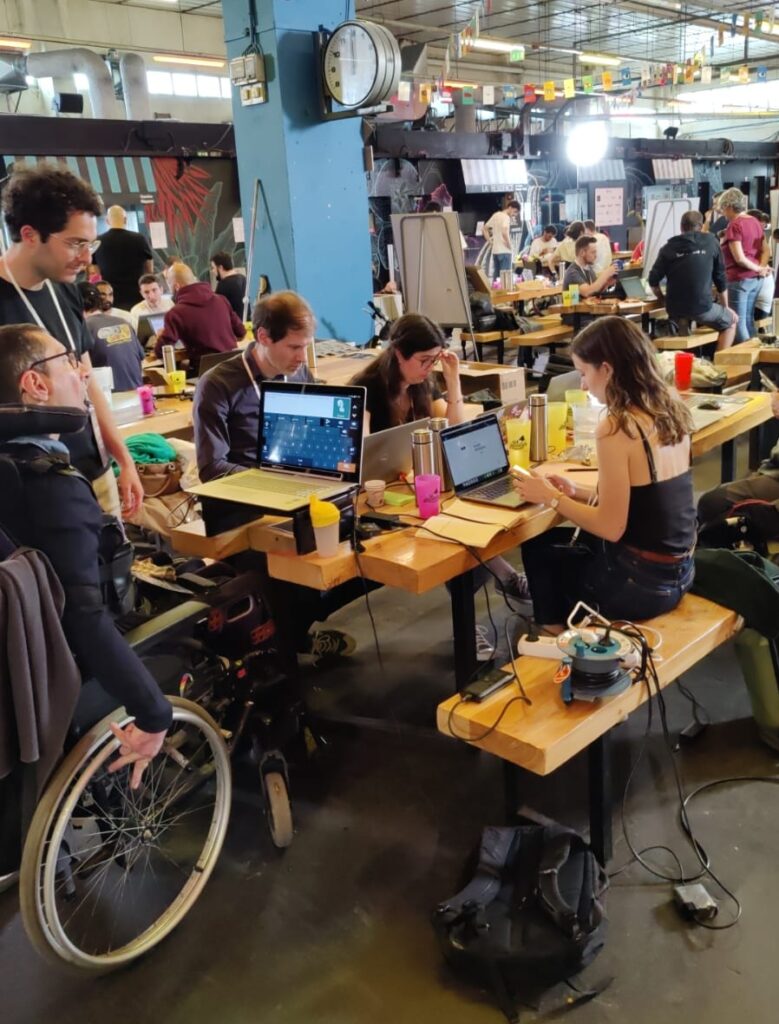
Virginie, a fashion enthusiast, has been in a wheelchair since a surfing accident. She wanted to regain some of her independence by being able to put on a jacket on her own, despite her inactive arm, without compromising on style!
The team’s initial challenge was to design an innovative solution that would make the everyday act of putting on a jacket easier for Virginie and others in a similar situation. At the same time, a second challenge arose concerning Virginie’s need to create content for her social networks, where she shares her daily challenges by filming herself. She needs a mounting system for her camera that is adapted to her wheelchair, with a strength constraint because she has to be able to put the device on and take it off herself. What’s more, the device had to be reproducible and adaptable for other people. It was on this challenge that the team focused.
The product developed by the team is a three-part system with a support on which Virginie can attach the arm for her camera, an articulated arm that allows the camera to be positioned at the desired angle, and a telephone attachment system placed at the top of the arm. The version that has been developed is fixed to the side of the chair with a fold-down shelf system, all of which is removable. This allows Virginie to install and remove the device easily, while offering great flexibility of use. The system is designed to be easily replicated and would be potentially adaptable to other wheelchairs, offering a practical and accessible solution for many people in similar situations.
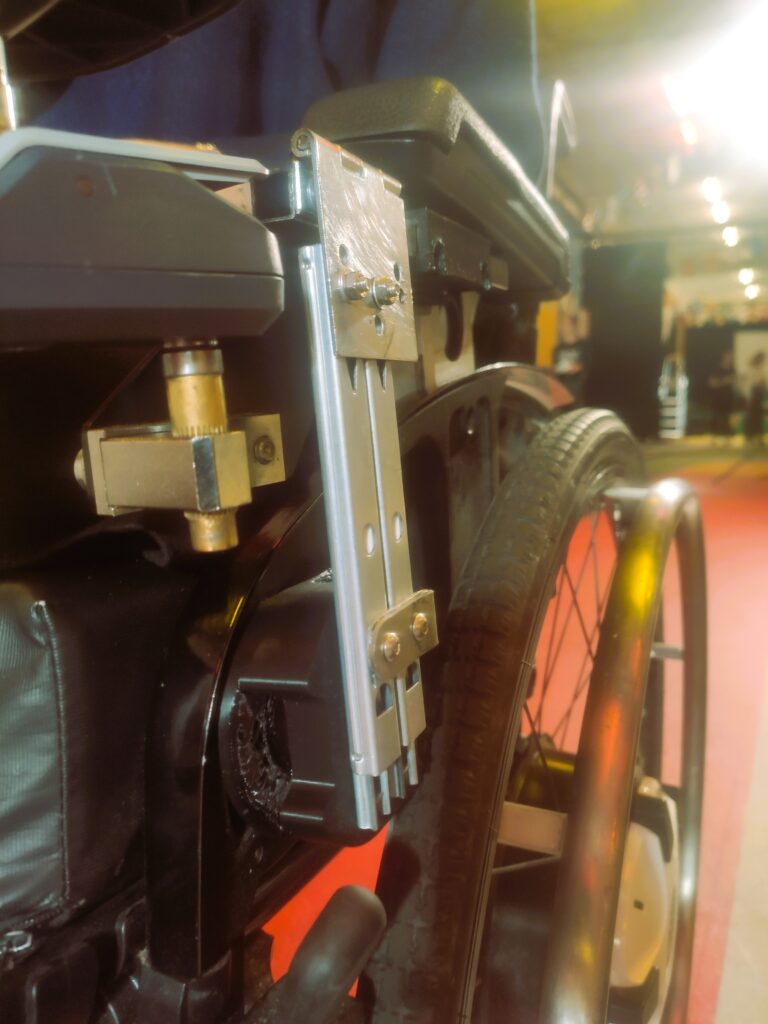
System developed by the team, attached to the side of the chair.
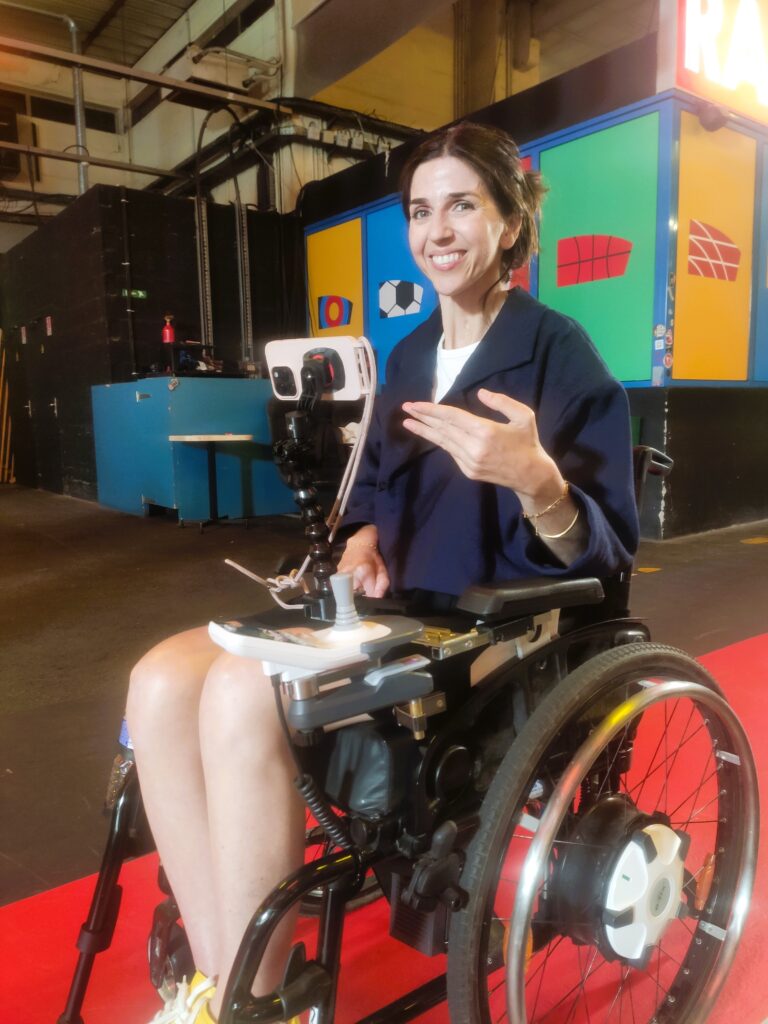
System developed by the team, attached to the side of the chair.
The TOM Hackathon (Tikkun Olam Makers) is an international initiative aimed at mobilising engineers, designers, makers and end-users to develop practical and innovative technological solutions that meet the needs of people with disabilities. The 2024 event, held on 8 and 9 July, brought together participants from a wide range of backgrounds to work intensively on digital fabrication projects.
The aim of the TOM Hackathon is to create practical devices that improve the quality of life of people with special needs. The teams work closely with the end beneficiaries to ensure that the proposed solutions meet their real needs and expectations.
Congratulations to ISIR members for their participation and contributions to this inspiring event. Their efforts demonstrate ISIR’s commitment to inclusive technological innovation and its desire to make a positive difference to society.
Published on 11 July 2024.

